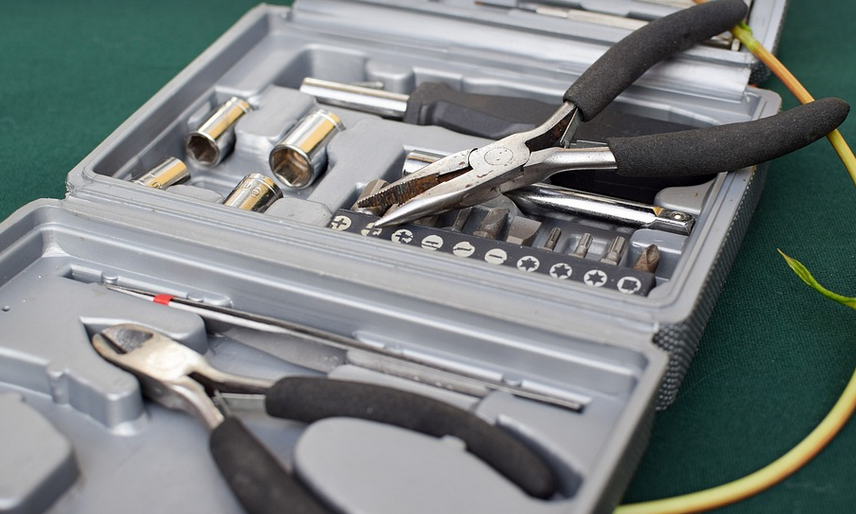A Squeaky New Ride? Addressing Brake Noises after WheelBearing Work
Getting your car’s wheel bearings replaced is a vital step for smooth, efficient driving. It provides crucial support for smoother turns and prevents unnecessary wear on other components. However, sometimes, the joy of that newfound silence can be punctuated by an unwelcome sound – brake noise. Don’t worry! We’re here to help you understand why this might happen after your wheel bearing replacement and provide practical solutions.
What Causes Brake Noise After Wheel Bearing Replacement?
The reason for the dreaded “brake squeak” after a wheelbearing replacement is often rooted in the intricate dance between moving parts, friction, and potential misalignments. Here’s a closer look at some of the most common culprits:
1. Improper Installation: A Case of Not-So-Smooth Sailing
One of the biggest reasons for post-replacement brake noise is improper installation during the wheel bearing replacement itself. When the mechanics don’t properly align or secure components like brake rotors, calipers, and pads, a subtle but persistent squeak can develop. It’s essential to ensure all components are correctly installed before driving your car.
2. Brake Pad Wear: A Tale of Two Sides
As mentioned previously, brake pads play a critical role in slowing down the vehicle and maintaining friction. Worn brake pads can cause grinding noises as they rub against the rotors, generating noise that might be mistaken for brake squeaking. Regular maintenance is key to ensuring smooth operation.
3. A Misaligned Wheel: The Unseen Culprit
A misaligned wheel, even by a tiny degree, can cause uneven pressure on the brake pads and rotor surfaces. This imbalance leads to increased friction and potentially squeaking noises as the wheel spins. A wheel balancing or alignment check is crucial at any point of service after a wheel bearing replacement.
4. The Brake Fluid Mystery: A Leak in the System
While less common, brake fluid leaks can contribute to brake noise. If your brake fluid level is low, it might signify an issue that needs addressing immediately. If you notice a leaking sensation under your car or a strange odor, consult a professional mechanic.
5. The “Squeak” of Misaligned Rotors: A Look at Friction and Noise
After the replacement, if the rotors are not perfectly aligned with the brake pads, there can be an uneven application of pressure, leading to a distinct squeak. This misalignment occurs more frequently after suspension work or heavy braking. It’s crucial for mechanics to ensure proper rotor alignment during the process.
Troubleshooting and Solutions
So what are your options if you’re left with that annoying squeak? Here’s a breakdown of some simple steps to tackle the problem:
1. The Check-Up: A Simple Diagnosis for Peace of Mind
Before jumping to any drastic solutions, start by having your car inspected by an experienced mechanic. A professional will be able to accurately diagnose the source of the noise and recommend appropriate action.
2. Realignment is Key: Addressing Your Wheel’s Mischief
If the mechanic identifies misalignment as the culprit, wheel alignment is often a quick fix. This process involves adjusting your car’s suspension angles to ensure even pressure across all wheels. A simple realignment can eliminate squeaking and restore optimal driving performance.
3. The Brake Pad Check: Addressing Wear and Tear
The mechanic will also examine your brake pads for wear and tear, especially if they have a significant amount of thickness left. If the pad is too worn, you’ll need to replace them to ensure smooth braking and silence.
4. Addressing Brake Fluid Leaks: A Small Problem with Big Consequences
If your mechanic finds a brake fluid leak, they can repair it immediately to prevent further issues or damage. This is an important step that needs attention if you notice any leaks in the system.
Preventative Measures for the Long Haul
The best way to avoid these situations and ensure optimal performance after a wheel bearing replacement? Preventive maintenance! Here’s how:
1. Regular Maintenance: Keeping Your Brakes in Top Shape
The key is regular brake inspections, pad replacements based on wear and tear, and proper fluid levels. These routine checks can help prevent future squeaks or other issues.
2. Proper Alignment Checks: Maintaining your Wheel’s Balance
Schedule wheel alignment at least every year to check for any misalignment that might have developed over time. This will keep your vehicle’s suspension working smoothly and prevent unnecessary wear on components.
Conclusion: Driving Peace of Mind
A little background knowledge about the causes behind brake noise after a wheel bearing replacement can help you in understanding your car better. By taking preventative measures, like regular maintenance and timely check-ups, you can keep your vehicle running smoothly and enjoy that squeaky-free ride.
